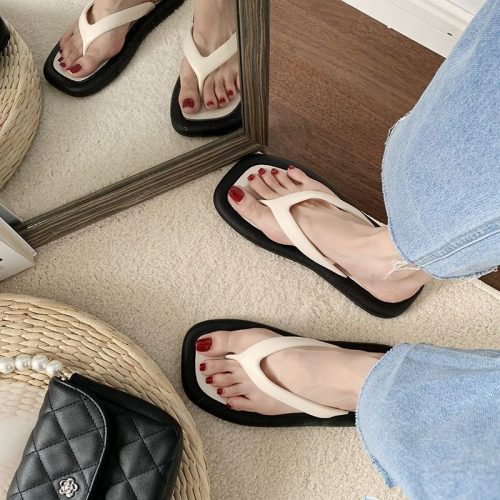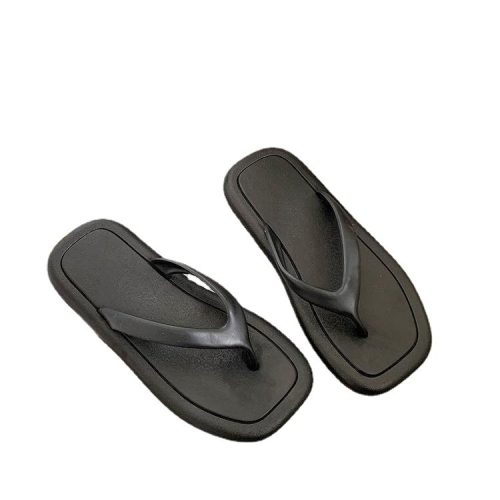Bunions are a common foot problem characterized by a bony bump that forms at the base of the big toe joint. When it comes to choosing flip-flops for people with bunions, there are a few things to consider. Here’s what you need to know:
- Look for wide straps: Flip-flops with wide straps can help distribute pressure more evenly across the foot and reduce irritation around the bunion. Avoid flip-flops with thin, narrow straps that can dig into the skin.
- Choose a contoured footbed: A contoured footbed can help support the arch of the foot and reduce pressure on the bunion. Look for flip-flops with a cushioned footbed and arch support.
- Opt for a deep toe box: A deep toe box can provide more space for the toes and reduce pressure on the bunion. Look for flip-flops with a wide and deep toe box that can accommodate the shape of the foot.
- Avoid flip-flops with high heels: High-heeled flip-flops can put additional pressure on the front of the foot and exacerbate bunion pain. Choose flip-flops with a low or flat heel to reduce pressure on the bunion.
- Consider custom orthotics: If you have severe bunions, custom orthotics can help provide additional support and reduce pain. You can have orthotics made specifically for your feet and then place them inside your flip-flops.
Overall, when choosing flip-flops for people with bunions, look for options that provide good support, cushioning, and have a deep toe box. It’s also important to avoid high heels and choose flip-flops with wide, contoured straps that can help reduce pressure on the bunion. If you have severe bunions, consider custom orthotics for additional support. And as always, consult with your healthcare provider or a podiatrist for specific advice and recommendations.


